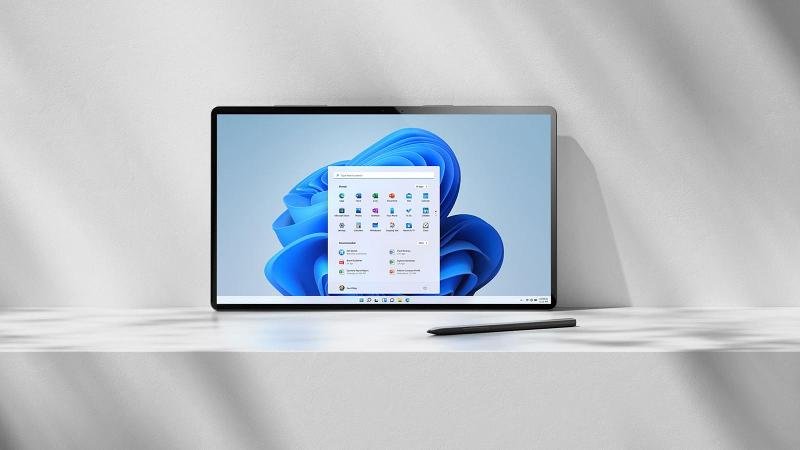
With Windows 11, Microsoft is introducing a completely new design that doesn’t necessarily have to please everyone. For this reason, Redmond users offer the opportunity to test the operating system and, if you don’t like it, return to the old Windows 10 within 10 days.
Upgrading to Windows 11 is not just a question of system requirements, but also a question of user tastes. Although the new, centrally positioned start menu can be personalized and trimmed to an older Windows 10 look, voices against the new design are already gathering in the run-up to the release, which is expected in autumn. In the frequently asked questions, Microsoft is now addressing an important aspect: “Can I return to Windows 10 after the upgrade if I don’t like Windows 11?”
After upgrading to Windows 11, you will easily be able to downgrade back to Windows 10 within a period of 10 days “while you keep the files and data you brought with you”. The old Windows 10 version is saved on the hard drive/SSD. However, if the trial period expires, a manual backup and reinstallation of Windows 10 must be carried out. The Redmond-based company is thus following the same principle as is the case with so-called feature updates for Windows 10.
However, the downgrade does not only make sense due to the personal taste of the user but also with regard to possible compatibility problems. Although Windows 11 will essentially be based on Windows 10, driver errors or similar difficulties could arise, especially in the first few weeks after the update. Especially those who use their notebook, tablet, or desktop PC for work do not necessarily have to live with the teething troubles to be expected of the new operating system.
Digital marketing enthusiast and industry professional in Digital technologies, Technology News, Mobile phones, software, gadgets with vast experience in the tech industry, I have a keen interest in technology, News breaking.